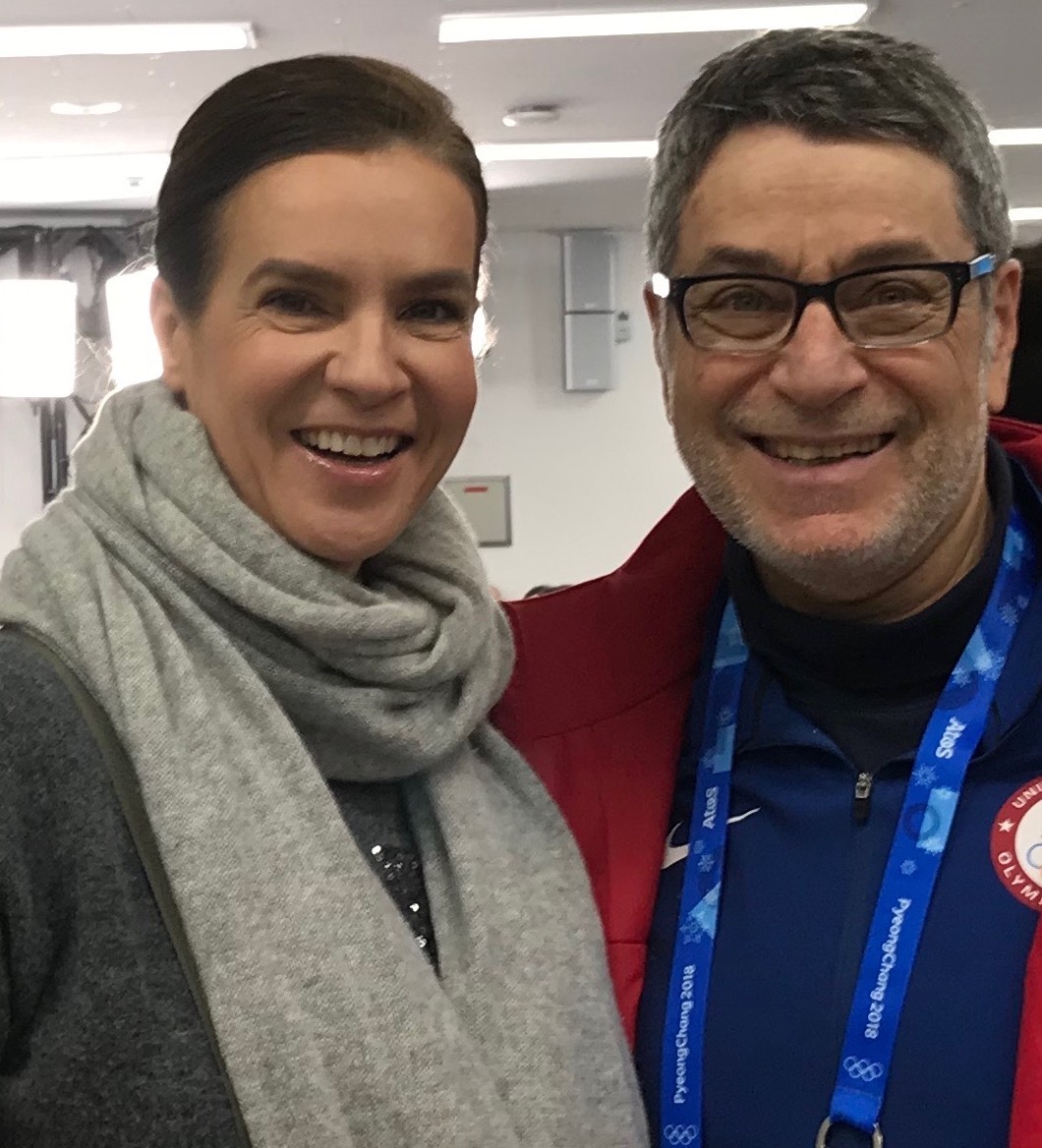New story about an old speedskating event revives warm memories of an icy magical mystery tour
/The 1986 Elfstedentocht passes through Franeker, one of the Frisian cities linked by the Eleven Cities Tour.
It was with a sense of wistful nostalgia, gratefulness and fascination that I read Andrew Keh’s excellent story about the “Alternative Elfstedentocht” in Sunday’s New York Times.
The Elfstedentocht, which means 11 Cities Tour, is a 124-mile speedskating marathon linking 11 Frisian cities via the canals of the northern Netherlands. It is a Dutch cultural and sporting touchstone.
But it is one that sadly may have permanently been relegated to warm memories by the lack of cold that has prevented the event from taking place in the Netherlands for 22 years.
So, as Keh wrote, there is an “alternative” version of the race, which takes place on a frozen lake in the Austrian mountains, preserving the sporting challenge but not the historical and traditional essence of the event. No matter how stunning the surrounding vistas, 10-mile loops of a lake cannot match the city-to-city course in Friesland.
Truth be told, few winters since the first recognized Elfstedentocht in 1909 have been cold enough for the canals to have the ice thickness necessary for the marathon. It has been held just 15 times in 110 years –and just once since 1986. As measured in days, the drought since 1997 is the longest ever between races.
I am forever grateful I had the good fortune to be there as a journalist in 1986, and it led to a story that always will be one of my favorites, as it gave me a chance to blend sport, culture and anecdota in a way that was hopefully enlightening and entertaining.
(You be the judge: click here for a link to the story.)
There also is a nice story behind my story, and, seizing on the opening provided by Keh’s, now it the time to tell it.
In 1986, after covering the Bears’ Jan. 26 Super Bowl win, I left for Europe to do some stories about former Chicago area college basketball players on teams in Belgium and Switzerland and a story about East German sports, with a purported focus on its figure skating star, Katarina Witt. (I’ll explain the “purported” later.)
For many, the Elfstedentocht was a long night’s journey through day back to night (holland.com)
My base for the month-long reporting trip (with some vacation mixed in) was the Brussels suburb of Tervuren, where my Fulbright Scholar wife was living for several months while doing research for her Ph.D. dissertation in the history of art.
Early in the final week of February, I got a call in Belgium from a Chicago Tribune editor who had a fine sense of what could make a good story but a lesser grasp of European geography.
The Dutch consulate in Chicago had called the Tribune with the news that an Elfstedentocht would take place two days later, pitching the story by explaining what the event means to the Dutch as a cultural legacy (Hans Brinker and all that); noting that what would later be called climate change had made the event rarer and rarer; and saying the consulate would help with 11th-hour logistical arrangements if the paper were interested in sending a reporter.
The Tribune thankfully was interested. The editor asked me if Belgium was near enough to the Netherlands for me to get to the race start posthaste. Ever the wiseacre, I replied: “They were the same country until Belgium became independent about 150 years ago. Is that close enough?”
A day later, I was driving the 225 miles from Brussels to Leeuwarden, the city in the Dutch province of Friesland where the Elfstedentocht would begin well before dawn on Feb. 26, 1986.
The consulate had arranged a credential and a bed in a local house and a way for me to follow the event – part elite race, part everyman (and woman) adventure - by riding with two British photographers.
I didn’t get to see Katarina Witt in 1986 but did many times later - including the 2018 Olympics.
As soon the bureaucracy after my arrival was out of the way, it was time for me to join a traditional Elfstedentocht eve celebration called The Eleven Bars Tour. (I wimped out after about four.) And as for the bed, I didn’t spend much time in it, what with having to be ready for the race’s start at 5 a.m. and having to sleep in my clothes, since my otherwise generous host was, shall we say, frugal about using heat.
When the sun finally came up, low on the flat landscape, it gave my British photog colleagues a moment that could only be described as transcendent. They had scouted locations and sunrise timing and found a place where a long lens would foreshorten the image to have skaters passing through the sun. I think they still are smiling about the photos they got.
(For more on the race and the ambiance surrounding it, please click on the link above to my story.)
I left Leeuwarden in early evening for the drive back to Brussels. As I passed through sparsely inhabited farmland, the night was so clear, the stars so bright that if I knew how to work celestial navigation, I wouldn’t have needed road signs. It was as if, after a magical and almost otherworldly experience unlocking the singularity of the Elfstedentocht, the universe wanted to reveal further mysteries to me.
And as to that purported thing with Katarina, that’s quite the mystery story, too. Here it is.




